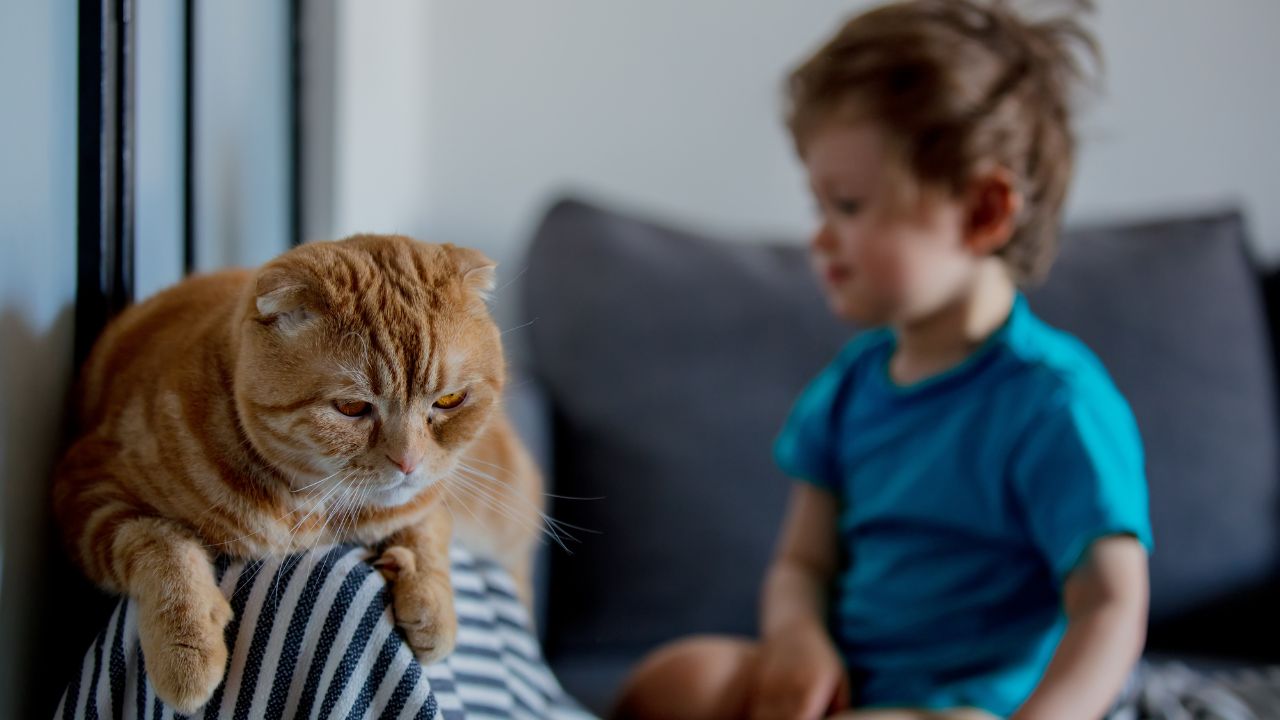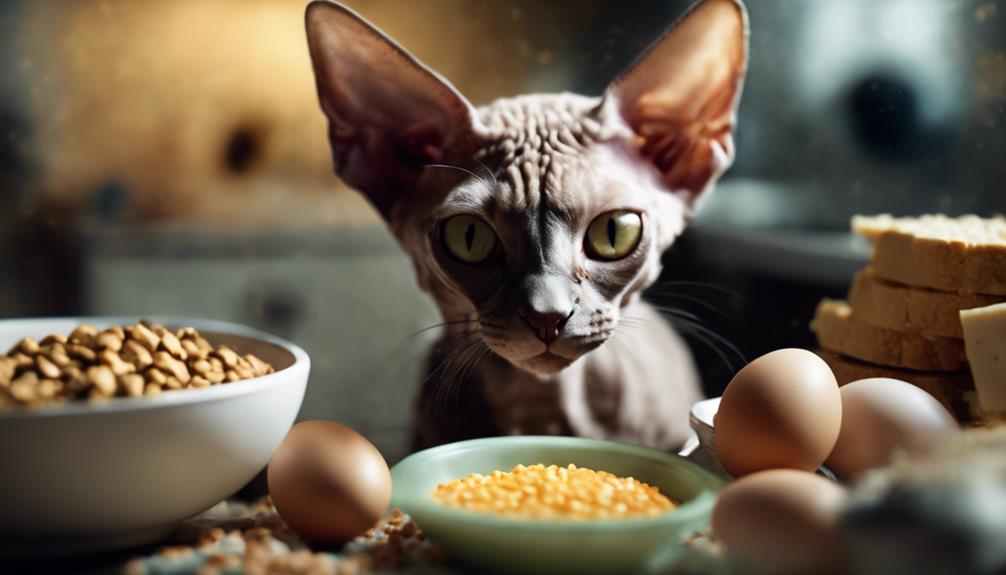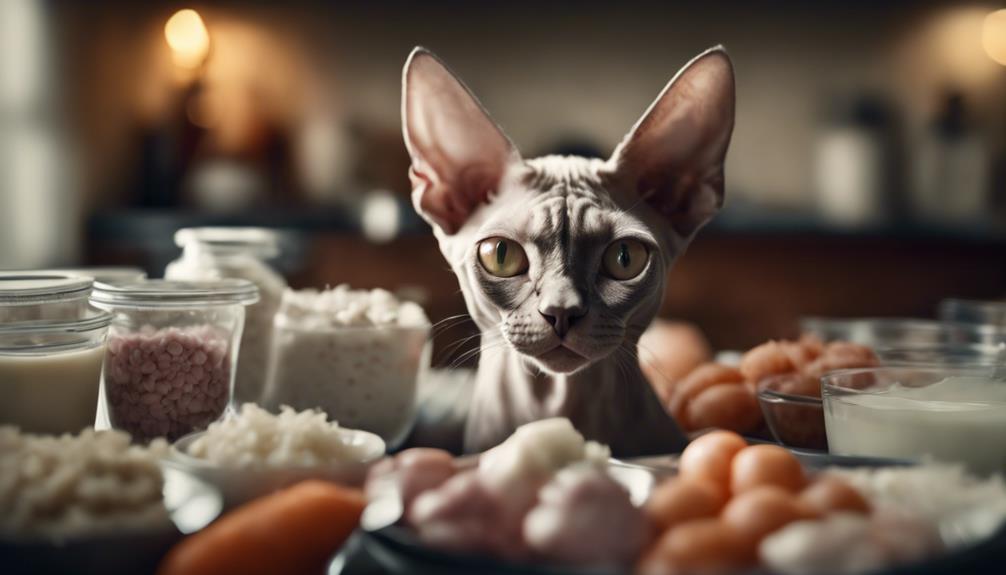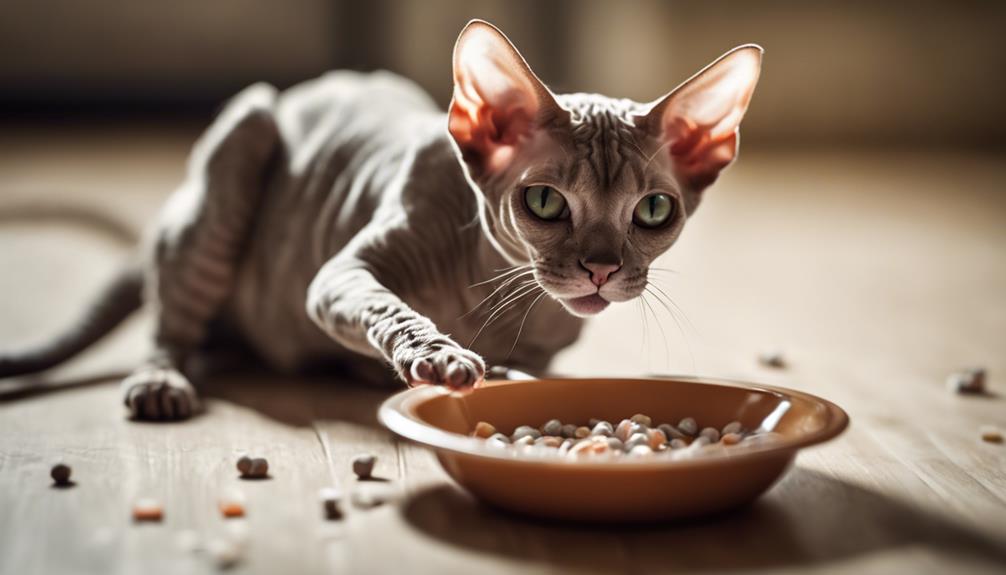Folding cat ears is a unique trait that sets certain breeds apart from others. Scottish Fold cats are one such breed, known for their adorable folded ears that make them look like owls. However, many people wonder if this trait is harmful to the cat, and whether it causes them any pain or discomfort.
The answer to whether folding cat ears hurt is not a simple one. While Scottish Fold cats have a genetic mutation that causes their ears to fold, it’s not entirely clear whether this causes them any pain or discomfort. Some experts believe that folded ears can lead to ear infections and other health issues, while others argue that Scottish Folds are perfectly healthy and happy cats.
In this article, we’ll explore the topic in more detail and try to answer the question of whether folding cat ears is harmful or not.
Anatomy of a Cat’s Ears
Cats have a unique and complex ear structure that plays a crucial role in their ability to hear and communicate. Understanding the anatomy of a cat’s ears can help us better appreciate the importance of caring for them properly.
External Ear
The external ear of a cat is composed of two main parts: the pinna and the ear canal. The pinna is the visible part of the ear that we see on the outside of the cat’s head. It is made up of a thin layer of skin, supported by cartilage, and covered with fur. The ear canal is a narrow, tube-like structure that extends from the pinna to the eardrum. It is lined with specialized skin that produces wax to protect the ear from debris and infections.
Middle Ear
The middle ear of a cat is located behind the eardrum and contains three small bones called the ossicles. These bones are responsible for transmitting sound vibrations from the eardrum to the inner ear. The middle ear is also connected to the back of the throat by a small tube called the eustachian tube, which helps to equalize pressure in the ear.
Inner Ear
The inner ear of a cat is responsible for converting sound vibrations into electrical signals that can be interpreted by the brain. It is made up of a complex system of fluid-filled chambers and sensory cells, including the cochlea, which is responsible for detecting different frequencies of sound. The inner ear is also responsible for detecting changes in the cat’s position and balance, thanks to the presence of specialized structures called the utricle and saccule.
Cartilage and Joints
The cartilage in a cat’s ears plays an important role in maintaining the shape and structure of the ear. It is flexible and pliable, allowing the ear to move and rotate to better capture sounds from different directions. The joints in the ear also play a crucial role in allowing the ear to move and rotate. However, excessive manipulation or folding of the ears can cause discomfort or even injury to these delicate structures.
In conclusion, a cat’s ears are a complex and delicate structure that plays a crucial role in their ability to hear and communicate. Proper care and handling of a cat’s ears are essential to maintain their health and well-being.
The Scottish Fold Breed
The Scottish Fold is a breed of cat that is known for its distinctive folded ears. This breed was first discovered in Scotland in the 1960s and has since become popular around the world. However, the Scottish Fold breed has been the subject of much debate and controversy due to a genetic mutation that affects the development of cartilage.
All Scottish Fold cats with folded ears are affected by a genetic mutation called osteochondrodysplasia, which affects the development of cartilage in the body. This condition can cause painful deformities and disease, and it is linked to the curled ears that are characteristic of the breed.
Many veterinarians oppose breeding Scottish Folds because of the health problems associated with the breed. The RSPCA Australia believes it is unethical to breed from animals with a genetic mutation that is known to cause painful deformities and disease.
Debates are active in countries where breeding continues. Some breeders argue that the quality of the ear fold is what makes the Scottish Fold breed unique and desirable. However, it is important to consider the welfare of the cats and the potential health problems that can arise from breeding cats with this genetic mutation.
In conclusion, the Scottish Fold breed is known for its distinctive folded ears, but it is also associated with a genetic mutation that can cause painful deformities and disease. While some breeders continue to breed Scottish Folds, it is important to consider the welfare of the cats and the potential health problems that can arise from breeding cats with this genetic mutation.
The Debate on Folding Ears
The practice of folding cat ears has been a topic of controversy among cat lovers and animal welfare advocates. While some people find the folded ears of Scottish Fold cats adorable, others argue that the breeding of these cats is unethical and can cause them pain and discomfort.
The Controversy
The controversy surrounding the folding of cat ears stems from the fact that it is a genetic mutation that can cause health issues in cats. Scottish Fold cats have a genetic condition called osteochondrodysplasia, which affects their bone and cartilage growth. This condition can cause painful arthritis in cats, which can lead to mobility issues and even require surgery.
Proponents of folding cat ears argue that the breeding of Scottish Fold cats is not inherently cruel and that responsible breeders can ensure that their cats are healthy and free from pain. They also argue that the popularity of Scottish Fold cats means that there is a high demand for them, and that banning the breeding of these cats would lead to an increase in demand for other cat breeds with similar genetic issues.
Opponents of folding cat ears argue that the breeding of Scottish Fold cats is inherently cruel and that it is unethical to breed cats with a genetic condition that can cause them pain and discomfort. They also argue that the popularity of Scottish Fold cats means that there is a high demand for them, which leads to the breeding of cats with severe health issues.
The Risks
The risks associated with folding cat ears are primarily related to the health issues that can arise from the genetic condition that causes the ears to fold. Cats with osteochondrodysplasia can experience painful arthritis, which can lead to mobility issues and require surgery. In severe cases, cats may need to be euthanized.
While some proponents of folding cat ears argue that responsible breeders can ensure that their cats are healthy and free from pain, the fact remains that all Scottish Fold cats have the genetic mutation that causes osteochondrodysplasia. This means that even with responsible breeding, these cats are still at risk of developing painful health issues.
In conclusion, the debate on folding cat ears is complex and multifaceted. While some people find the folded ears of Scottish Fold cats adorable, others argue that it is unethical to breed cats with a genetic condition that can cause them pain and discomfort. The risks associated with folding cat ears are primarily related to the health issues that can arise from the genetic condition that causes the ears to fold.
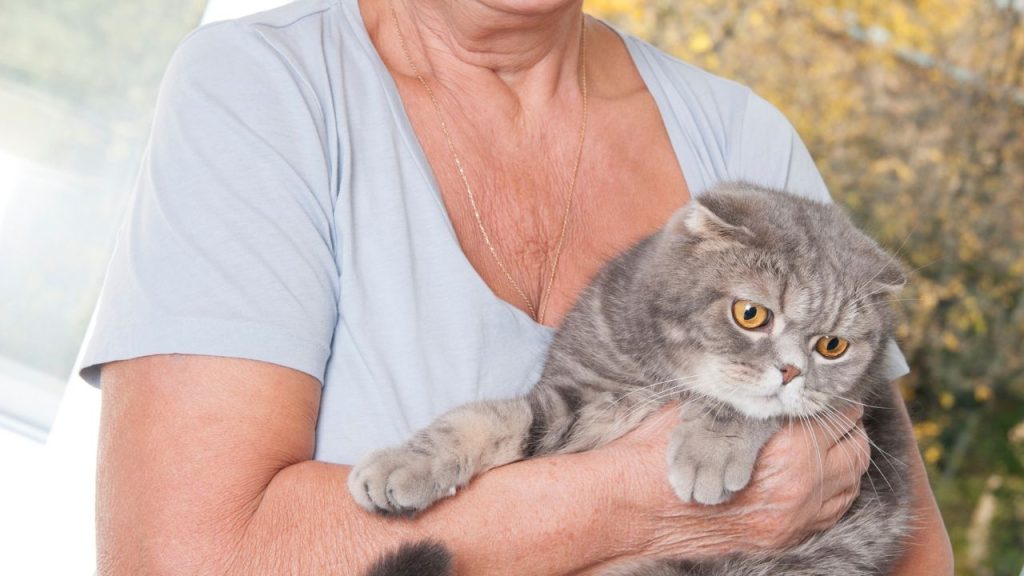
Ear Infections in Cats
Ear infections in cats are a common problem that can cause discomfort and pain. They can occur in cats of any age, breed, or gender. In this section, we will discuss the causes, symptoms, diagnosis, and treatment of ear infections in cats.
Causes
Ear infections in cats can be caused by a variety of factors, including:
- Bacteria: Bacterial infections are a common cause of ear infections in cats. The bacteria can enter the ear canal through a scratch or wound on the skin or from excessive moisture in the ear canal.
- Yeast: Yeast infections can also cause ear infections in cats. Yeast can grow in the ear canal when there is excessive moisture or when the cat’s immune system is weakened.
- Parasites: Ear mites are a common parasite that can cause ear infections in cats. They can cause itching, redness, and inflammation in the ear canal.
- Allergies: Allergies can cause inflammation in the ear canal, leading to an infection.
Symptoms
The symptoms of ear infections in cats include:
- Scratching or rubbing the ears
- Head shaking
- Redness and inflammation of the ear canal
- Foul odor from the ear
- Discharge from the ear
- Pain or discomfort when the ears are touched
Diagnosis
To diagnose an ear infection in a cat, a veterinarian will perform a physical examination of the ears and may recommend additional tests, such as:
- A microscopic examination of ear discharge to identify the type of infection
- A culture and sensitivity test to determine the specific bacteria causing the infection
- CT scans or MRIs to evaluate the extent of the infection
Treatment
Treatment for ear infections in cats depends on the underlying cause of the infection. In most cases, treatment will involve a combination of topical medications and oral antibiotics. The cat may also need to have the ear cleaned to remove any debris or discharge.
Preventing ear infections in cats involves regular ear cleaning and keeping the ears dry. If your cat is prone to ear infections, your veterinarian may recommend regular check-ups and ear cleaning to prevent future infections.
In conclusion, ear infections in cats can be a painful and uncomfortable condition. It is important to seek veterinary care if you suspect your cat has an ear infection. With proper treatment and prevention, you can help to keep your cat’s ears healthy and infection-free.
Other Health Issues Related to Scottish Fold Cats
Scottish Fold cats are prone to several health issues other than ear problems. In this section, we will discuss some of these health issues and how they can affect your cat’s wellbeing.
Polycystic Kidney Disease
Polycystic kidney disease (PKD) is a genetic condition that affects many cat breeds, including Scottish Folds. This disease causes cysts to form in the kidneys, which can eventually lead to kidney failure. Symptoms of PKD include increased thirst, frequent urination, weight loss, and lethargy.
If you suspect that your Scottish Fold has PKD, you should take them to the vet for a diagnosis. Unfortunately, there is no cure for PKD, but early detection and treatment can help manage the symptoms and slow down the progression of the disease.
Obesity
Scottish Folds are known for their love of food, and as a result, they are prone to obesity. Obesity can lead to several health problems, including diabetes, arthritis, and heart disease. To keep your Scottish Fold healthy, it’s important to monitor their diet and ensure that they are getting enough exercise.
Energy Level
Scottish Folds are generally a laid-back breed, but they still need regular exercise to stay healthy. If your Scottish Fold is not getting enough exercise, they may become lethargic and gain weight. It’s important to provide your cat with plenty of toys and playtime to keep them active and engaged.
Grooming
Scottish Folds have medium-length hair that requires regular grooming to prevent matting and tangles. It’s important to groom your Scottish Fold at least once a week to keep their coat healthy and shiny. In addition to regular brushing, you should also trim your cat’s nails and clean their ears to prevent infections.
In conclusion, Scottish Fold cats are prone to several health issues, including PKD, obesity, and lethargy. By monitoring your cat’s diet and exercise, providing regular grooming, and seeking veterinary care when necessary, you can help keep your Scottish Fold healthy and happy.
Behavioral Issues and Body Language
Understanding your cat’s behavior and body language is essential to building a strong bond with your furry friend. Cats use a variety of behavioral cues to communicate their emotions, including aggression, affection, and body language. In this section, we’ll explore these topics in more detail.
Aggression
Aggression is a common behavioral issue in cats, and it can be caused by a variety of factors, including fear, territoriality, and pain. Cats may become aggressive towards other cats or humans, and they may exhibit a range of aggressive behaviors, such as hissing, growling, biting, and scratching.
If your cat is displaying aggressive behavior, it’s important to identify the underlying cause and address it appropriately. For example, if your cat is aggressive towards other cats, you may need to separate them and gradually reintroduce them. If your cat is aggressive towards humans, you may need to work with a behaviorist to modify their behavior.
Affection
Cats are known for their affectionate behavior, and they use a variety of cues to communicate their love and affection. Some common affectionate behaviors include purring, kneading, and rubbing against their owners.
It’s important to recognize and respond to your cat’s affectionate behavior, as it can help strengthen your bond and build trust. However, it’s also important to set boundaries and respect your cat’s personal space.
Body Language
Cats use a variety of body language cues to communicate their emotions, and it’s important to be able to recognize and interpret these cues. Some common body language cues include:
-
Ears: Cats will often flatten their ears when they are feeling scared or aggressive. They may also rotate their ears towards the direction of a sound they are interested in.
-
Tail: A cat’s tail can communicate a lot about their mood. A relaxed tail indicates a calm and happy cat, while a puffed-up tail indicates fear or aggression.
-
Eyes: A cat’s eyes can also communicate their emotions. Dilated pupils indicate fear or excitement, while narrow pupils indicate aggression or discomfort.
Understanding your cat’s body language can help you better communicate with them and respond to their needs. For example, if your cat is displaying signs of fear or discomfort, you may need to provide them with a safe space to retreat to.
In conclusion, understanding your cat’s behavior and body language is essential to building a strong bond with your furry friend. By recognizing and responding to their emotional cues, you can help ensure that your cat feels safe, comfortable, and loved.
Conclusion
In conclusion, the question of whether folding cats’ ears hurt is a complex one. While Scottish Fold cats are born with folded ears due to a genetic mutation, this mutation can also lead to other skeletal issues such as osteochondrodysplasia. This condition can cause discomfort and pain, especially if left untreated.
It is important to note that ear folding is not a natural occurrence in cats and is purely a result of selective breeding. While some breeders argue that ear folding does not cause pain or discomfort, the evidence suggests otherwise. The genetic mutation that causes ear folding also affects the cartilage in other parts of the body, leading to skeletal issues like osteochondrodysplasia.
If you are considering adopting a Scottish Fold cat, it is essential to be aware of the potential health issues associated with the breed. Regular vet check-ups and proper care can help manage these issues and ensure your cat’s comfort and well-being.
In terms of treatment, massaging the ears can help alleviate discomfort in some cases. However, spaying or neutering your cat will not affect whether or not they have folded ears, as this is determined by genetics.
Ultimately, the decision to adopt a Scottish Fold cat is a personal one. While they are undeniably adorable, it is crucial to consider the potential health issues associated with the breed and make an informed decision.

